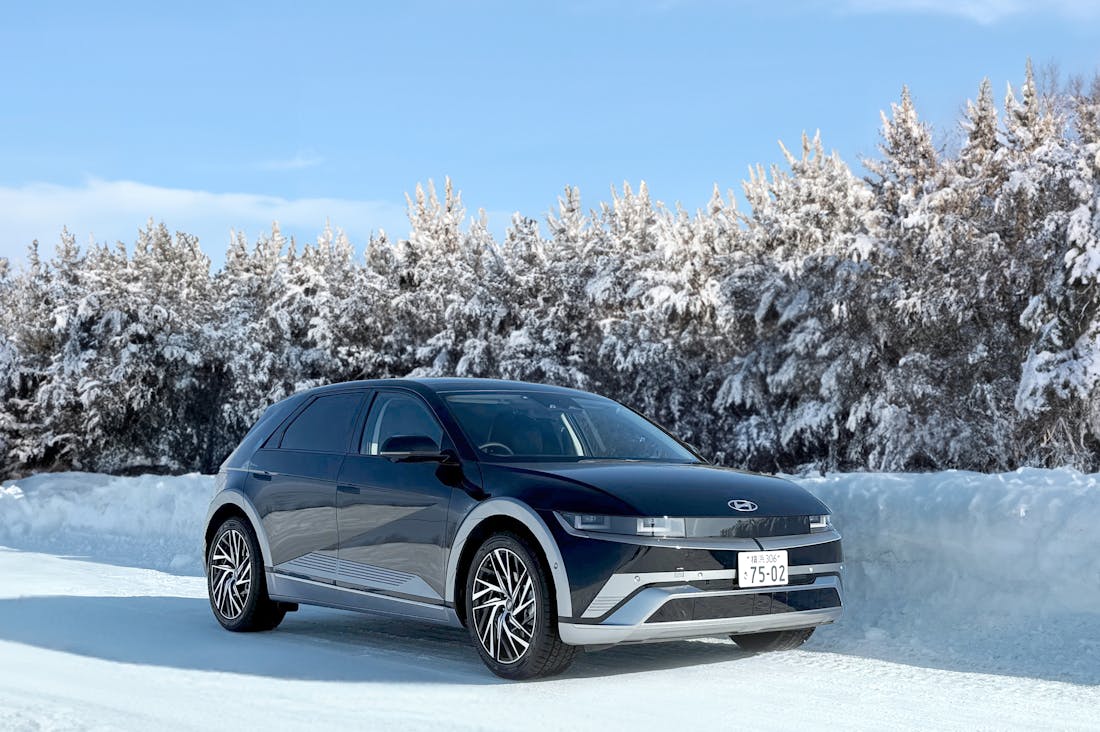The rise of electric vehicles (EVs) marks a significant shift in modern transportation landscapes, driven by the urgent need for sustainable solutions to combat climate change and reduce urban pollution. These innovations offer not only a cleaner alternative to traditional gasoline-powered cars but also promote advancements in infrastructure, energy efficiency, and connectivity. As cities adapt, the integration of EV technology influences urban planning, economic growth, and the future of mobility. This exploration delves into the multifaceted impacts of electric vehicles, examining how they are reshaping consumer behavior, transportation policies, and the overall environment for generations to come.

Economic Benefits of Electric Vehicles
Electric vehicles (EVs) present a myriad of economic benefits that extend beyond individual ownership. Firstly, transitioning to EVs can lower transportation costs for consumers, as electricity for charging is generally cheaper than gasoline, and EVs require less maintenance due to fewer moving parts. This reduction in operating expenses can help to stimulate local economies, as consumers may redirect savings toward other goods and services. At a macroeconomic level, a robust EV market encourages job creation in areas such as manufacturing, battery production, and charging infrastructure development. Furthermore, by reducing dependence on fossil fuels, EVs contribute to energy security and help mitigate the economic risks associated with fluctuating oil prices. As more municipalities and governments invest in EV infrastructure, these initiatives can lead to increased employment and innovation within the clean energy sector, fostering sustainable economic growth and resilience.

Environmental Implications of EV Adoption
The adoption of electric vehicles (EVs) has significant environmental implications that can help mitigate climate change, reduce air pollution, and promote sustainable urban development. By shifting from fossil fuel-powered vehicles to EVs, we can lower greenhouse gas emissions significantly, especially when the electricity powering these vehicles comes from renewable sources. Additionally, EVs produce zero tailpipe emissions, which contributes to improved air quality in urban areas and reduces health risks associated with pollution. However, the environmental impact of EV adoption is complex; it also raises concerns about battery production, raw material extraction, and the end-of-life disposal of lithium-ion batteries. Sustainable mining practices, recycling programs, and advancements in battery technology are essential to addressing these challenges, ensuring that the benefits of EVs are maximized while minimizing their environmental footprint. Overall, the ecological advantages of EVs can play a crucial role in transitioning toward a more sustainable and eco-friendly transportation system.

Future Trends in Electric Mobility
The future of electric mobility is poised for remarkable evolution, driven by advancements in technology, sustainability goals, and changing consumer preferences. As battery technology improves, we can expect longer driving ranges and faster charging times, making electric vehicles (EVs) increasingly practical for everyday use. Integration of smart technologies, such as autonomous driving and vehicle-to-grid systems, will enhance the user experience while promoting energy efficiency. Additionally, the rise of renewable energy sources will further bolster the green credentials of electric mobility. Urban infrastructures are likely to adapt, incorporating smart charging stations and dedicated lanes for EVs, fostering a seamless transition toward a cleaner, more sustainable transportation ecosystem. As governments intensify their commitments to reduce carbon emissions, the landscape for electric mobility will expand, positioning it as a cornerstone of future urban mobility solutions.
The Role of Government Policies in EV Adoption
Government policies play a crucial role in accelerating the adoption of electric vehicles (EVs). Various incentives, such as tax credits, rebates, and grants for consumers and manufacturers, significantly enhance the attractiveness of EVs. Additionally, many governments are setting ambitious targets for reducing carbon emissions, which include mandates for increased EV sales and stricter fuel economy standards. Infrastructure investments, particularly in charging networks, are essential to support EV growth, ensuring accessibility for all users. By creating favorable regulatory environments and investing in research and development, governments can stimulate innovation in the EV sector, fostering a sustainable transition toward greener transportation options.
Consumer Attitudes Towards Electric Vehicles
Consumer attitudes towards electric vehicles (EVs) are evolving, influenced by a growing awareness of climate issues and new technological advancements. Surveys indicate that many potential buyers are increasingly considering EVs due to their environmental benefits and lower running costs. However, concerns about range anxiety and charging infrastructure still persist among consumers. To address these issues, manufacturers are focusing on educating potential buyers about the actual performance of EVs, emphasizing the advancements in battery life and the expanding network of charging stations. As more individuals experience the benefits of owning an EV, it is anticipated that consumer acceptance will continue to rise, paving the way for a significant shift in the automotive landscape.
The Impact of EVs on Urban Infrastructure
The rise of electric vehicles (EVs) is catalyzing significant changes in urban infrastructure. Cities are rethinking their layouts, adding dedicated EV lanes, and increasing the availability of charging stations to accommodate the growing number of electric cars on the road. Smart city initiatives are integrating EV charging with renewable energy sources, allowing for a more sustainable approach to urban mobility. Additionally, public transportation systems are beginning to incorporate electric buses and shuttles, reducing emissions and improving air quality. These developments not only enhance the efficiency of transportation networks but also contribute to the overall livability of urban areas, promoting healthier communities and a reduced carbon footprint.
AI-Assisted Content Disclaimer
This article was created with AI assistance and reviewed by a human for accuracy and clarity.